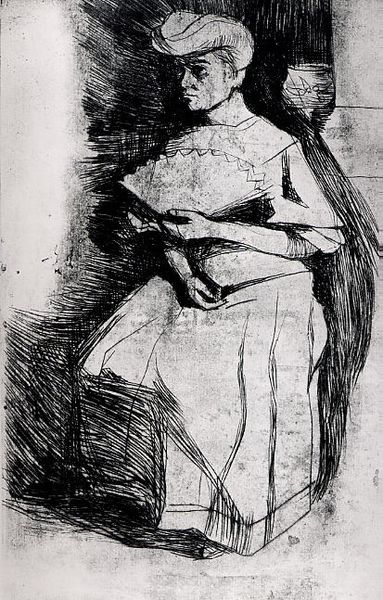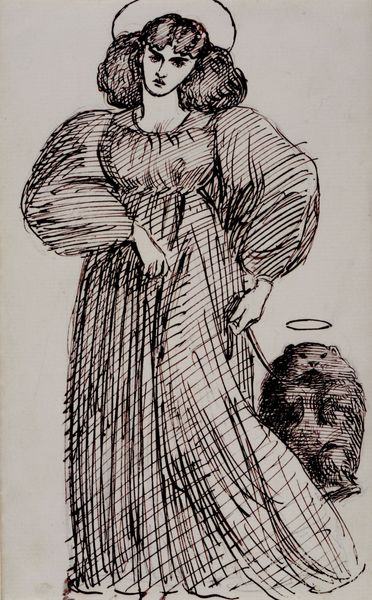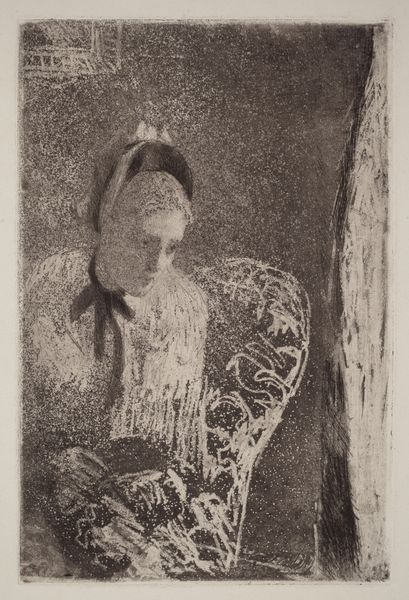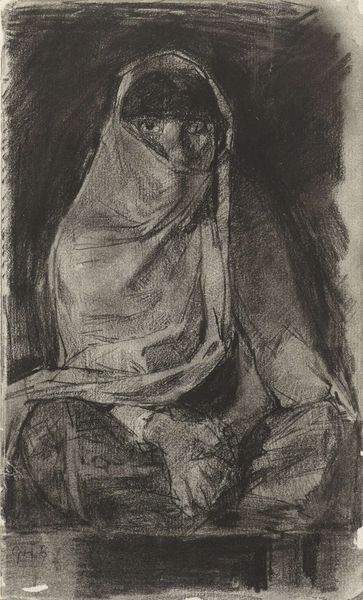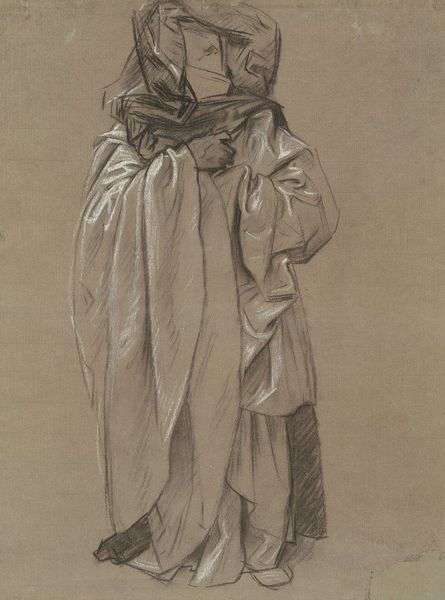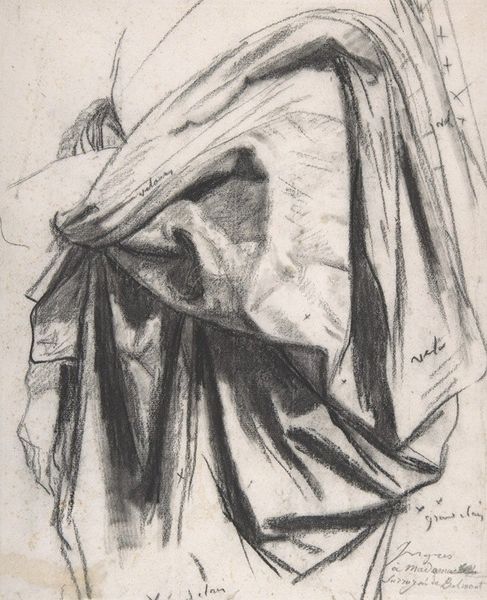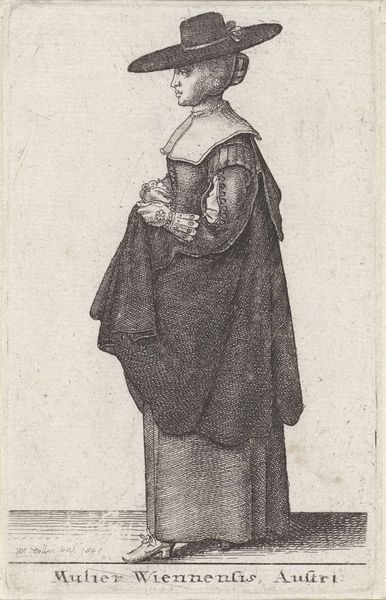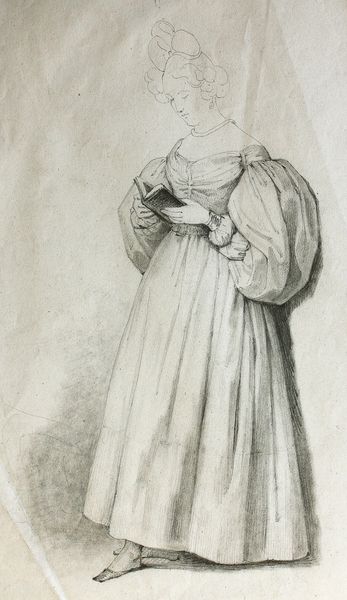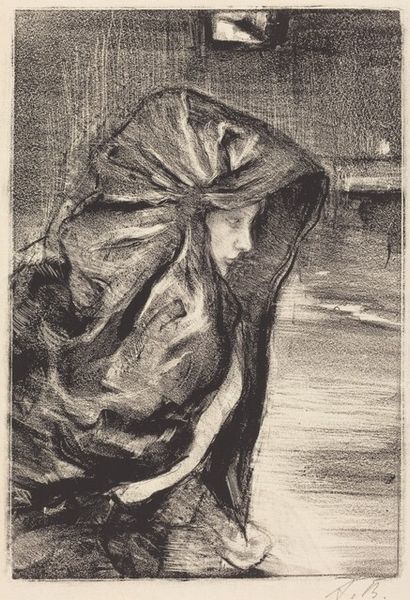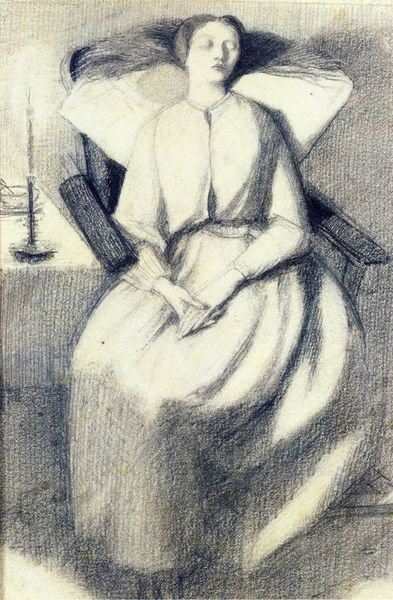
drawing, charcoal
#
portrait
#
drawing
#
charcoal drawing
#
figuration
#
charcoal
#
post-impressionism
#
realism
Copyright: Public domain
Editor: This is Van Gogh's "Head of a Woman", created in 1883 using charcoal. It’s a powerful and somber portrait, wouldn’t you say? The woman seems burdened by something. What stands out to you in this piece? Curator: What I find particularly compelling is the context in which this work was created. Van Gogh was deeply concerned with the plight of the working class. The harsh lines and somber tone certainly reflect the hardships endured by peasant women during this era. It's more than just a likeness; it's a statement about social realities, about the role of women in late 19th century agrarian society. Do you see how her downcast gaze affects our perception? Editor: It definitely emphasizes the feeling of hardship. Were these kinds of portraits common at the time? Curator: Yes and no. While portraits were a staple, Van Gogh's focus wasn’t on idealized beauty, but on representing lived experience. Artists were beginning to grapple with realism, seeking authenticity. This work challenges the viewer to confront difficult truths. It reflects a growing awareness and perhaps even a sense of social responsibility in the art world. How do you think the charcoal medium contributes to this feeling? Editor: It’s stark and raw, perfect for conveying that kind of honesty. It makes me think about how art can serve as a historical record, too. Curator: Precisely! The image is inseparable from its historical moment. We're not just viewing art, we're engaging with a complex intersection of social commentary and artistic innovation. Editor: That makes me appreciate Van Gogh's work in a whole new light! It’s amazing how much history can be packed into one drawing.
Comments
No comments
Be the first to comment and join the conversation on the ultimate creative platform.
